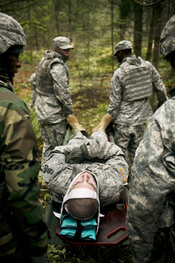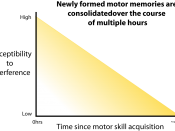INTRODUCTIONAn extremely important aspect of effective coaching, is an increased need for training methods toenhance functional decision-making. In order to achieve this, training drills need to be 100% specificto performance (Magill, 1993) and the format of training sessions need to be structured so that theytransfer directly and positively to performance.
The aim of this paper is to address a practice scheduling technique, well documented in motorprogramming literature that enhances positive transfer from training to competition. The techniqueexamined is 'contextual interference'.
The paper will initially examine the main limiting factor in relation to coaching effectiveness, how this is addressed at elite and sub-elite level, (with particular emphasis on training structure), based oncurrent motor programming, and skill acquisition knowledge. Recommendations based on appliedcontextual interference literature will then be proposed as to how training to performance transfer canbe enhanced, at both club and elite level.
The inferences made in relation to current training techniques are derived from a theoretical andapplied reference base.
The former will examine relevant studies on various sports, which seek todefine the boundaries and limitations of contextual interference in relation to enhancing skillacquisition, and in particular, maximizing the transfer from training to performance. The latter isbased on observations of elite (BaseballAcademy), and sub-elite (club first grade) training sessions over the past three years.
THEORETICAL BACKGROUNDThe main constraint to successful Baseball coaching at any level is - TIME! At international level thechallenge for Australian coaching staff is to take a group of players from three Provinces, who havebeen training and playing under three different structures and styles, and further adapt them to adifferent style. In order to compete at or near 100% against Japan 2000, this had to occur in three short weeks. Similarly, a club coach whose contact with players is between 3 ý & 5 hours per week,


